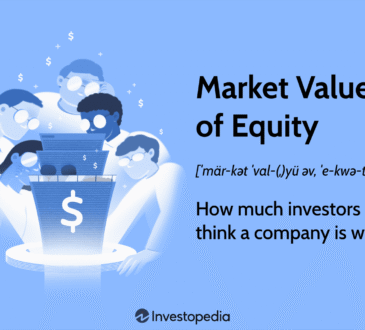
Unlock the Editor’s Digest for free
Roula Khalaf, Editor of the FT, selects her favourite stories in this weekly newsletter.
In the world of private equity, the mood is decidedly more upbeat. Despite tariff uncertainty and rising equity valuations, sponsors have managed to reel in some big fish, with the whale being the $55bn buyout of Electronic Arts. And with the listings window cracking open, even in stagnant Europe, there is hope that the sector may finally sell down part of the $3tn asset pile it has amassed.
The latest data suggests an uptick is already under way. In Europe, sponsors sold some €90bn of assets in the third quarter says PitchBook. Globally, industry exits have grown to $871bn so far this year, which is already higher than the total achieved in 2022 and 2023, and, at the current rate, on track to beat 2024.

But, while encouraging, this still falls far short of what is required. The private equity industry’s assets under management have more than doubled since 2018, according to Bain & Co. So, all things being equal, the average annual exit run rate should also roughly double to more than $1.5tn. At the current pace, the industry is perhaps no longer adding to its problem but it is nowhere near resolving it.
The exit revival is missing one key ingredient: private equity itself. The industry has recently come under the spotlight for circular dealmaking, via secondary and continuation funds. But it has always eaten a lot of its own cooking. Indeed, according to PitchBook, 47 per cent of exits in 2019 were to other private equity houses. Today, the equivalent figure is only about 35 per cent.
So what will it take to get private equity back to the table? A lot of the pieces have already fallen into place. Buoyant stock markets shrink the valuation gap between buyers and sellers. Debt is cheaper. The equity checks sponsors have to write, which determine the returns they will make, have fallen below 50 per cent of total deal value in Europe, says Fitch, and may improve as rates decline further. And to some extent, the vibe shift should be self-fulfilling. An industry that’s more confident in its ability to raise financing and sell investments is more prone to dealmaking.

Yet there is one, large, remaining bottleneck. And that is that the industry does not have as much fresh cash to throw about as it once did. Private equity groups raised just $592bn in the 12 months to June according to Preqin data, the lowest in seven years and nearly a third below 2021 levels. That is at least in part because institutional investors want to see money back from their original investments before committing more.
That sort of chicken-and-egg cycle is hard to break. Private equity is trying: witness its push into “evergreen” retail funds targeting wealthy individuals. It may also hope that public markets and strategic buyers help shrink its unsold asset pile. But the industry’s importance to overall dealmaking volumes does suggest that, until it finds new money, the flywheel will remain pretty much jammed.



